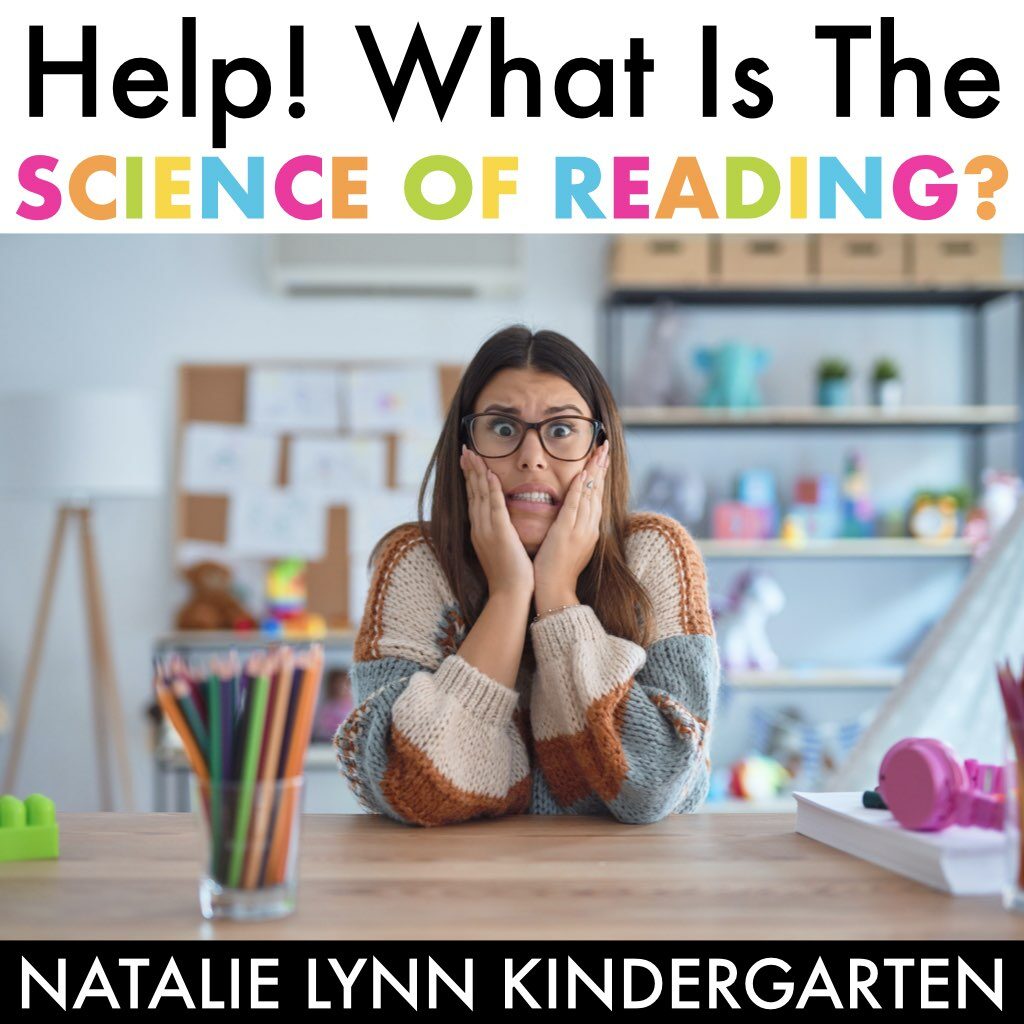
In This Blog Post: Wondering what is the science of reading? Find out what it is, what structured literacy looks like in a classroom, and easy ideas you can implement today.
There has been a lot of buzz around the science of reading lately.
To many teachers, this is something they’ve never heard of before (I was one of them)! Some have only heard the buzz and they’re still wondering, what exactly is the science of reading?
But here’s the thing; once we start looking into it, we realize that the science of reading isn’t new. So why haven’t we heard more about it?
What Is The Science of Reading?
For many teachers, the confusion comes down to thinking that SOR is a program or curriculum. It’s not.
The science of reading refers to a large body of research in the field of reading education and how students learn to read. This body of research gives us the why and the how.
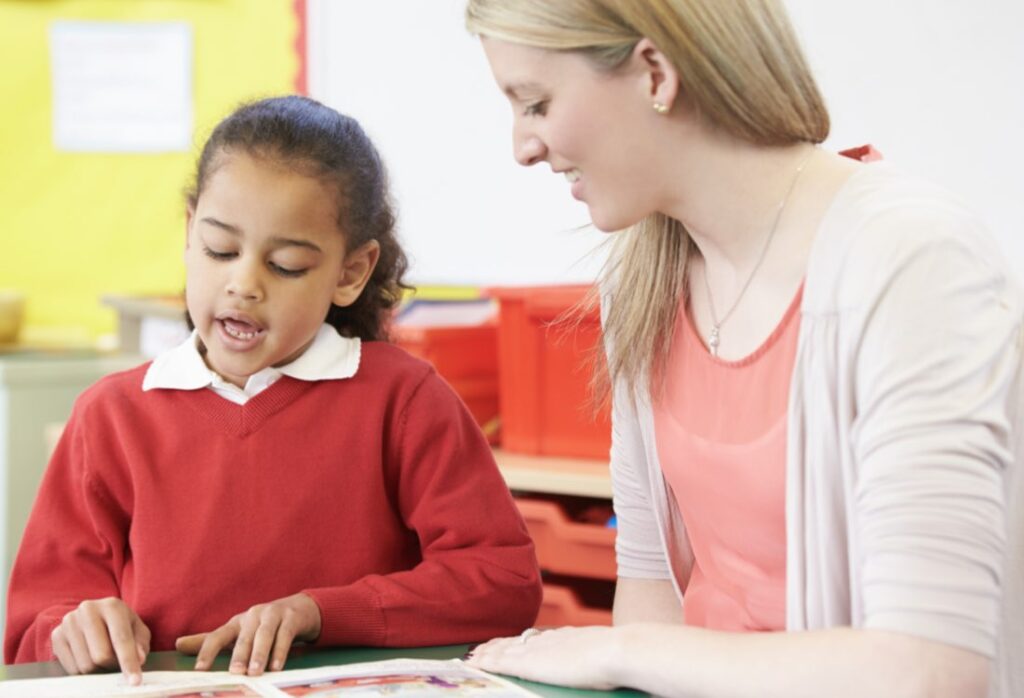
It tells us how the brain learns to read and why some students struggle with learning how to read. It also tells us what skills need to be sharpened in order to close the reading gap.
One common misconception is that SOR is all about teaching phonics to the detriment of other literacy components. That couldn’t be further from the truth!
In reality, the science of reading has research on best practices in all literacy areas and how they work together – from phonological and phonemic awareness to phonics to fluency to comprehension.
While the science of reading is not a curriculum, it can give us best practices in order to develop our own lesson plans.
So Why Haven’t I Heard of SOR Before?
Well, the fact of the matter is, the science of reading isn’t something that is covered in most teacher preparation programs.
I believe this is because most teacher education programs see their job as preparing you to be flexible and use any curriculum the district you’re hired in uses.
Have you ever had a professor say, “You don’t have to know everything about a subject. You just have to know how to use a teachers’ manual”? Maybe that’s just me!
But that still begs the question, I’ve worked for multiple school districts, why am I just now learning what the science of reading is? Why does it feel like none of the curriculum we’ve ever used matches up?
I would say it comes down to two things.
The first is always the money. School districts have money they need to spend on curriculum, and the majority of big box curriculum is based around balanced literacy.
If your district uses a balanced literacy curriculum, most likely that’s what you will be trained in and comfortable using.
The second is something called the reading wars.
What Are the Reading Wars?
The reading wars refers to long-held debate about the best ways to teach reading.
Experts in education have debated whether explicit phonics instruction is the best way to teach students to read, or whether we should be taking a whole language approach.
What is the phonics approach? This just means that teachers are explicitly teaching phonics and phonics rules. They teach students to decode words moving through a scope and sequence that progressively gets more difficult. This approach also emphasizes the importance of teaching phonology, orthography, meaning, and context.
From the phonics approach, we get a method for teaching called structured literacy.
What is the whole language approach? The whole language is based on the idea that learning to read is natural. This approach says that children learn to read better by learning words as a whole unit and should rely on meaning.
Now you will see whole language with some phonics instruction embedded in. That means that students are learning about how sounds and words work together as they are already expected to read (a student is taught the pattern ur because they are expected to read a book with the word ‘turn’).
From the whole language approach, we get a method for teaching called balanced literacy.
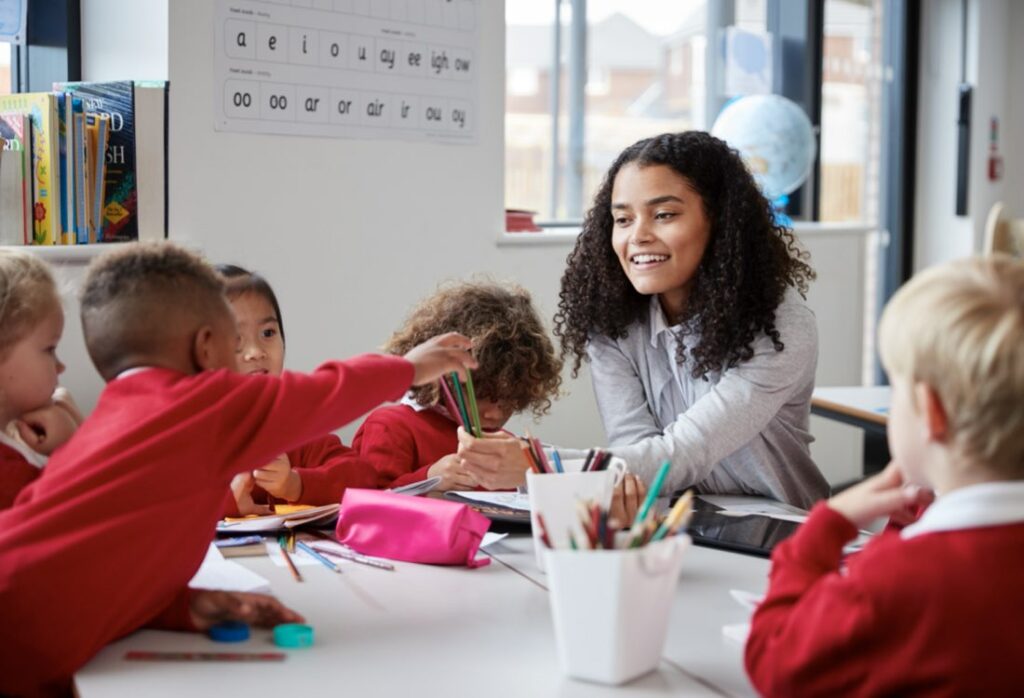
This debate has gotten a lot of press in recent years, which has brought it to more people’s attention.
Now we see school districts making the switch to structured literacy, laws being passed requiring structured literacy to be used, and some balanced literacy proponents changing their resources to better align with SoR.
Balanced Literacy vs Structured Literacy
Is your head swimming yet? I know mine was when I first began researching balanced literacy vs structured literacy.
Balanced literacy is meant to balance both whole language and phonics. It says that students develop reading and writing skills by being exposed to a variety of different approaches.
Balanced literacy might look different in every school and every classroom. However, main components include shared reading, guided reading, and independent reading. You will most likely see phonics taught as word study, but it won’t necessarily relate to what students are learning and the books they are using in guided reading.
Structured Literacy is a term that was originally used by the International Dyslexia Association to refer to programs that follow best practices from the science of reading.
In structured literacy, you will see an emphasis on phonology, sound-symbol association, syllable instruction, morphology, syntax, and semantics. You can read more about what structured literacy looks like in the classroom here.
If you’re skimming, you can find a great quick look at the differences here.
So Why Is Structured Literacy Important?
While the majority of students will learn to read regardless of the approach used, research tells us that a good portion won’t. Up to 15-20% of the population may have dyslexia, but many won’t be diagnosed or receive services while in school.
Structured literacy provides a framework for explicit, systematic instruction that works for students with learning disabilities such as dyslexia. However, the truth is, these methods are beneficial for all readers.
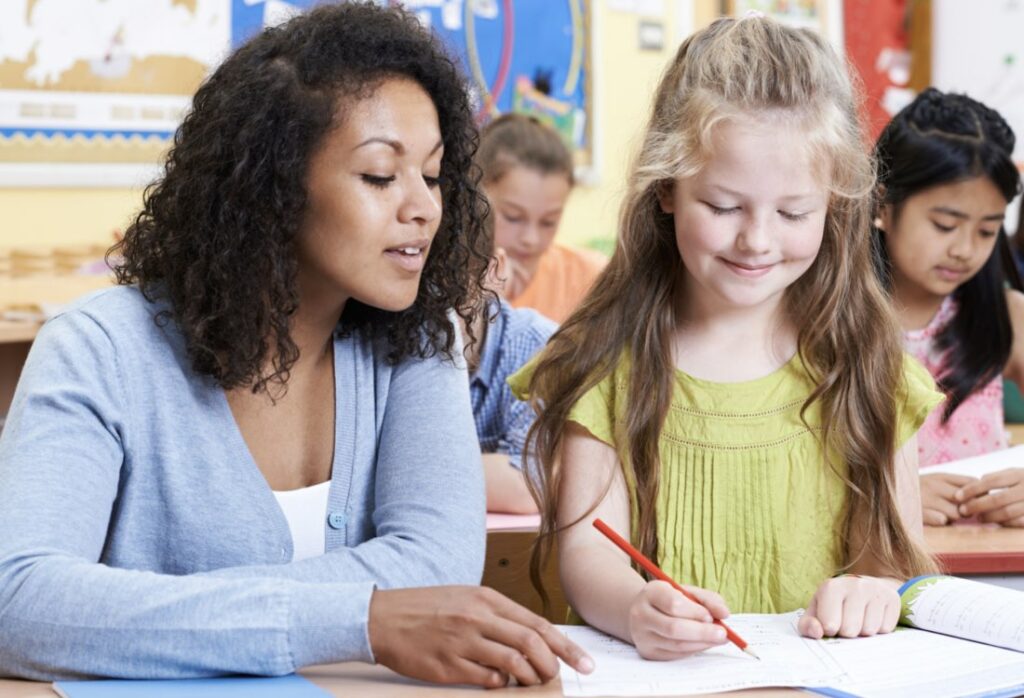
Every students will receive direct instruction and practice daily with:
- Phonological and phonemic awareness
- Phonics
- Vocabulary
- Fluency
- Comprehension
One key component to structured literacy is that it is diagnostic. Teachers are routinely assessing students and basing their instruction around data. This means that if difficulty in one area shows up, it can be quickly identified and addressed. It also means that students with learning disabilities can be identified sooner and receive any intervention and support they need.
Quick Changes You Can Make Today
Okay, but ten minutes ago I was just asking, what is the science of reading? Now I’m overwhelmed! How can I change my entire teaching philosophy overnight to fit with SoR?
The good news is, you don’t have to!
There are some small changes you can make now to begin aligning your instruction with the science of reading. I suggest going slow and choosing one or two to focus on at a time. Remember, go slow to go far!
First, you can swap out leveled books for decodable books.
This is probably the easiest change you can make! You can still teach reading small groups, but using decodable readers that only contain phonics skills and patterns that have been explicitly taught will make all the difference.
For example, the books in the Science of Reading Guided Curriculum follow a very systematic scope and sequence. You won’t see CVCe words in unit 2 because students are just learning short vowels.
Next, make sure you are teaching phonics explicitly every single day.
That means that you aren’t just taking shotgun approach and introducing all sorts of skills as they come up to see what sticks. Find a phonics scope and sequence and work your way through it. Skills should progressively build on each other as students learn to read more difficult text.
Be intentional about teaching vocabulary and building background knowledge.
There are many different ways you can build vocabulary in your classroom, but it can be as simple as choosing words from your read alouds to dig deeper with. Before our reading small groups, I also introduce decodable vocabulary words. These are words that students might see, like ‘shim’, but they don’t have the background knowledge to give the word meaning. Explicitly teaching that vocabulary means that my students will be able to better comprehend the decodable readers.
Last, change how you teach sight words!
Many of us were under the false assumption that high frequency words can’t be sounded out so they just need to be memorized.
The truth is, many high frequency words can be completely decoded, and most high frequency words only have one tricky part.
The best way to teach sight words and make them stick is through a process called orthographic mapping. This is a big phrase that really just means you are helping students break a word into its sounds and assigning those sounds graphemes. This helps store the word to long-term memory.
Get Started With the Science of Reading
The best change you can make isn’t really a change at all. It is simply to keep researching, keeping asking questions, and keep learning about the science of reading and structured literacy.
If you were just asking yourself, what is the science of reading? and now you’ve found yourself here, I have some blog posts to get you started:
- How To Align Your Lesson Plans with Structured Literacy
- Science of Reading: Quick Changes You Can Make Today
- What Should Small Group Lesson Plans For Pre-Readers Look Like?
Are you looking for an explicit and systematic small group reading program that makes switching from traditional guided reading easy?
Look no further than the Science of Reading Guided Curriculum!
This curriculum has everything you need to teach small group reading at your fingertips – from decodable books to lesson plans and more!
Pin this post for later:
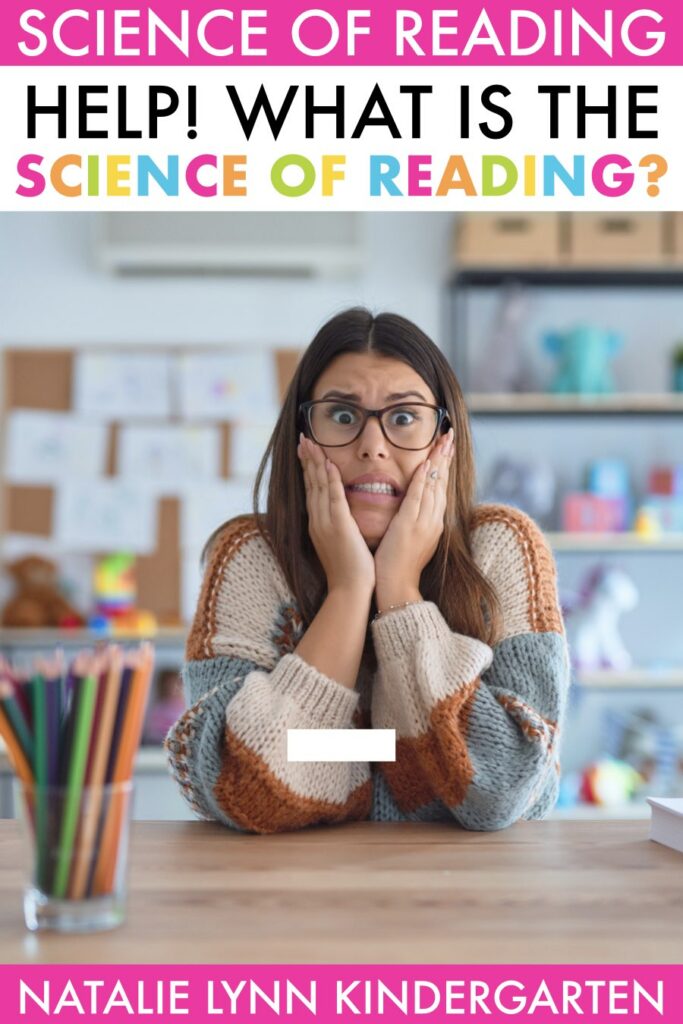

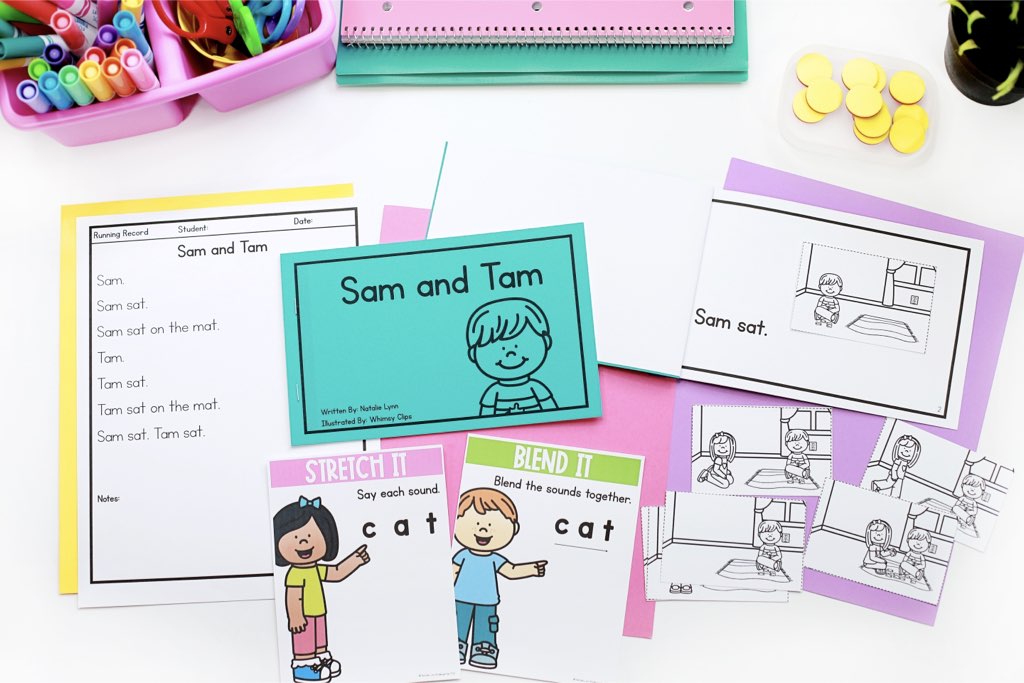

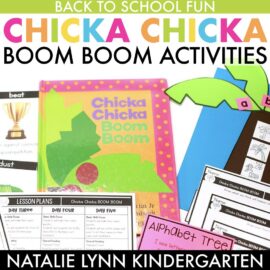
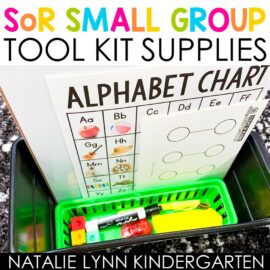


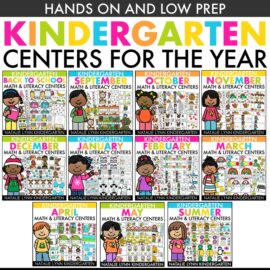
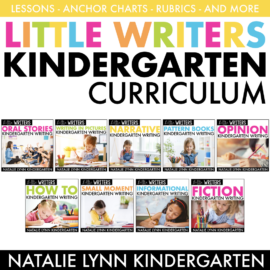
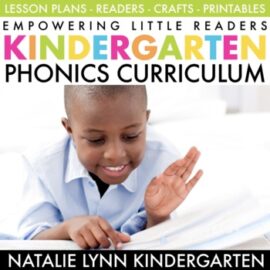
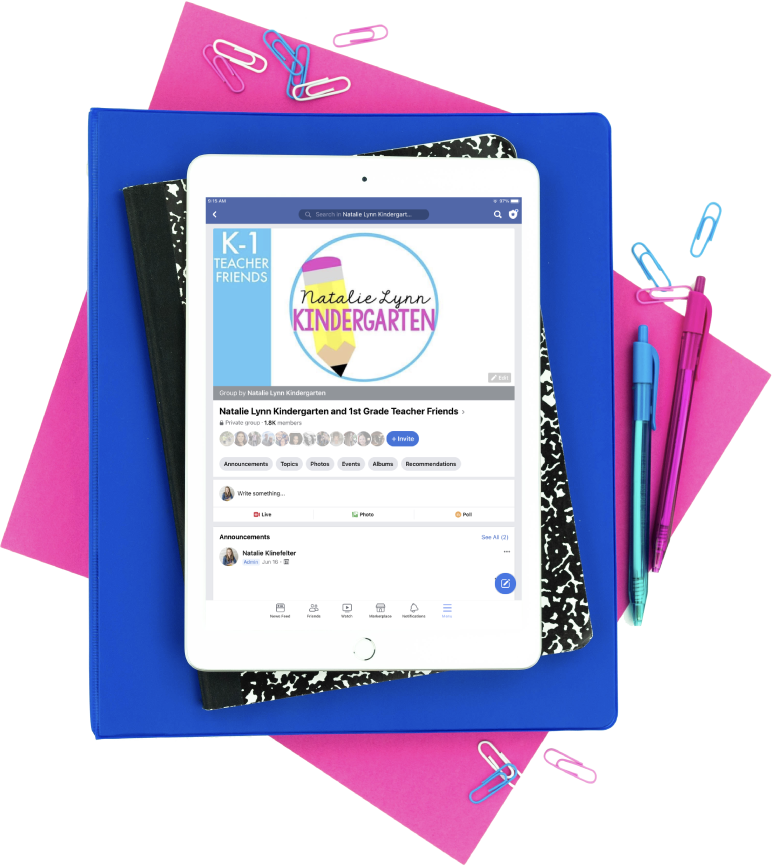

Thank you so much a big help for me as teacher in grade 1.
Any chance you will allow for this to be a freebie for those teachers like me who desperately need something like this and help but are so broke from spending their allotted money on other material (ink to print, paper since they don’t have one at school and have to buy it etc)? I would love these resources but can’t buy any more items.
I’m sorry, i’m not able to make this a freebie as I already offer it greatly discounted. But I do offer hundreds of free resources, including similar decodable readers, that you might enjoy. TpT also has Classfund and School purchase options now to help reduce the cost for teachers.